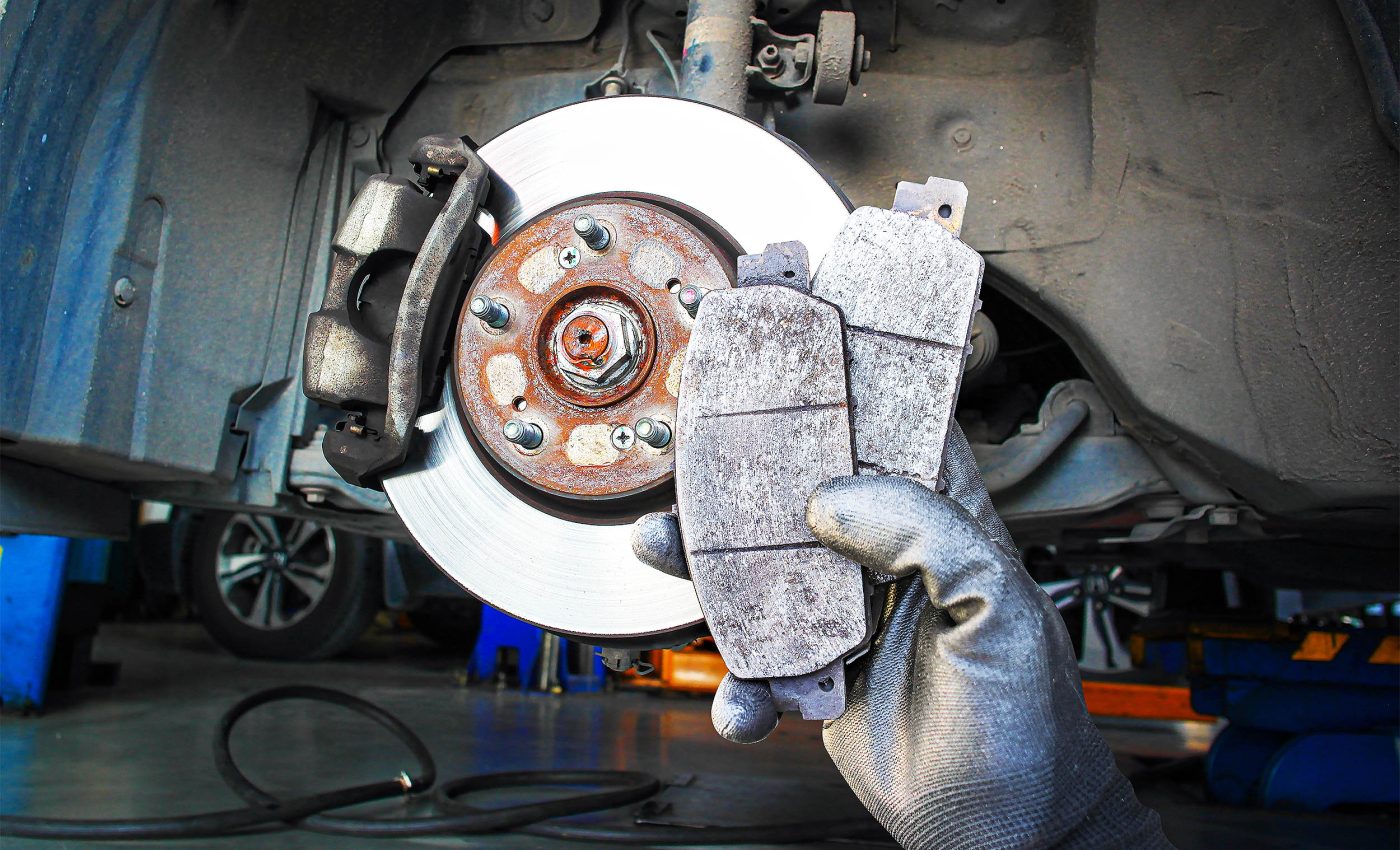
Several auto parts create worse air pollution than exhaust fumes
Brake pad emissions have become a powerful but unsuspected source of air pollution, with recent studies revealing their possible health hazards.
Although diesel car emissions are well documented as harmful, a recent study has exposed an equally disturbing problem – the toxicity of brake pad dust.
Understanding brake pads – the basics
Brake pads are the unsung heroes of your car’s braking system. Every time you press the brake pedal, these small but mighty components create the friction needed to slow you down.
They press against the brake rotor (or disc), generating enough resistance to stop the wheels from spinning. Over time, that constant friction wears them down, which is why you eventually need to replace them.
Not all brake pads are the same, though. Some are made from organic materials like rubber and glass, while others use semi-metallic or ceramic compounds for better performance and durability.
Some brake pads contain copper, because it’s great at dissipating heat and reducing brake fade. This is why manufacturers have traditionally included it in semi-metallic and ceramic brake pads, and it’s also why brake pads cause environmental harm.
Copper in brake pads
Researchers from the University of Southampton (UK) performed a comprehensive study that targeted microscopic particles that are released from different types of brake pads.
What they discovered was remarkable: some brake pads release particles that are more toxic than those contained in diesel exhaust.
Researchers determined the prime culprit for this toxicity – high concentrations of copper in some brake pads.
These small particles, when breathed in, can travel deep into the lungs, injuring sensitive cells and possibly leading to severe health consequences.
“Non-exhaust” auto emissions
Although the risks of pollution from vehicles are widely recognized, attention has commonly centered on exhaust emissions.
Tires, road, and brake pad wear particles are usually not considered as sources of emissions, and the pollution arising from these factors is not monitored or regulated.
Now, these “non-exhaust” emissions have become the leading contributor to vehicle-related particulate matter (PM) in the U.K. and parts of Europe.
Among them, brake dust stands out as a major offender.
Hidden pollution from electric cars
Lead author of the study, Dr. James Parkin, pointed out that the shift toward electric cars is pushing this problem into the limelight.
“People generally associate pollution from cars as being from exhaust pipes and think of electric vehicles as having zero emissions. However, EVs still produce particulate matter due to friction and wear of the road, tires, and brakes,” Dr. Parkin explained.
“We wanted to understand how different types of chemical composition of pads affect the toxicity of the particles emitted and what this might mean for the health of individuals.”
Impact of PM2.5 on human lungs
The focus of this study was on the presence of the smallest particles, PM2.5 and below, which are 30 times smaller than the diameter of a human hair.
These tiny particles can pass beyond the upper respiratory tract and penetrate into the thin air sacs in the lungs, where the exchange of oxygen and carbon dioxide takes place.
These fine particles from various sources are linked with more than four million premature deaths per year worldwide.
Identifying the most toxic brake pads
The researchers used special apparatus to collect brake pad particulate matter.
The team then used lab samples of human lung cells and exposed them to this particulate matter to measure the effects, including inflammation and cell death.
The experiment showed that, of the four brake pad types tested (low metallic, semi-metallic, non-asbestos organic, and hybrid-ceramic), the non-asbestos organic pads were the most harmful.
They triggered inflammation and toxicity markers, making them more harmful to human lung cells than diesel exhaust particles.
Ceramic pads were the second most toxic. Interestingly, both non-asbestos organic and ceramic pads contain high concentrations of copper, and subsequent experiments with the copper removed found the particulate matter to be less toxic.
Reducing copper used in auto parts
The team’s findings, published in the journal Particle and Fibre Toxicology, suggest reducing copper content in brake pads could help alleviate some of the harmful effects of vehicle particulate matter.
“This research has important implications for health and future policy because, as we switch from diesel and petrol-powered cars to electric vehicles, non-exhaust particle emissions will remain,” project supervisor Professor Matthew Loxham noted.
“Non-exhaust emissions could increase over time due to electric vehicles being heavier than combustion engine vehicles and creating greater friction,”
What happens next?
As we approach an increasingly electric vehicle-led future, it is imperative to recognize that while electric vehicles may not have exhaust emissions, they are still far from being emission-free.
If we are to achieve a healthier future, we must look beyond exhaust emissions and deal with the increasing effect of non-exhaust pollutants.
Vehicle emission regulations need to evolve to address non-exhaust sources such as tire and brake wear, ensuring that air quality improvements keep pace with technological advancements.
Also, ongoing research into alternative materials for brake pads and new braking technologies, including regenerative braking, might go a long way toward minimizing particulate matter emissions.
Addressing these under-emphasized pollution sources can allow us to have a more complete strategy for cleaner air and healthier communities.
The full study was published in the journal Particle and Fibre Toxicology.
—–
Like what you read? Subscribe to our newsletter for engaging articles, exclusive content, and the latest updates.
Check us out on EarthSnap, a free app brought to you by Eric Ralls and Earth.com.
—–













